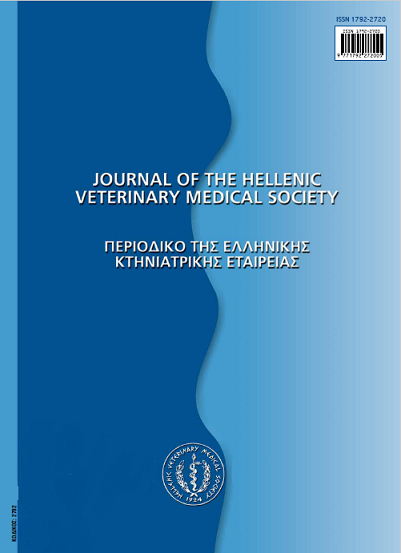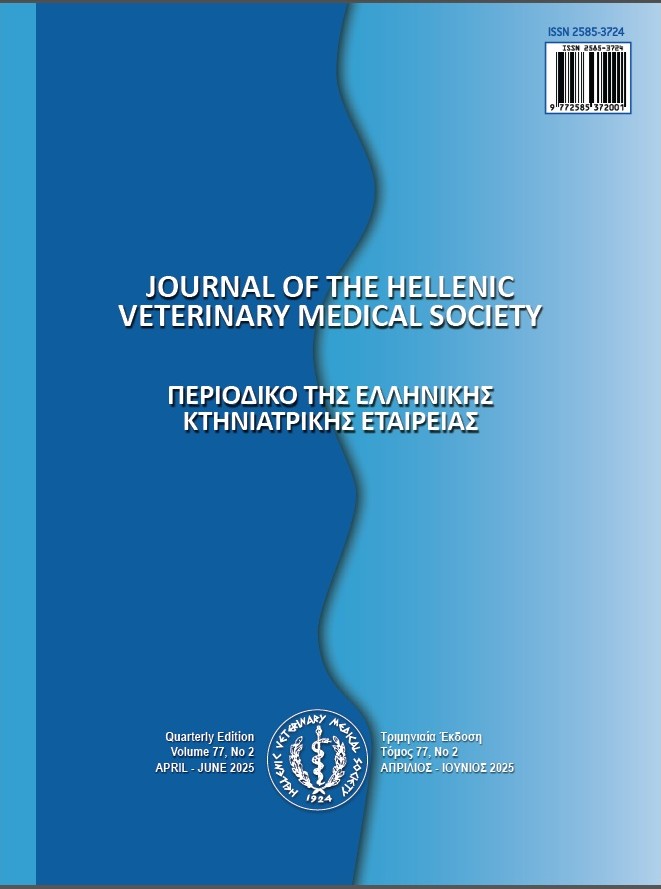Pathological and Molecular Investigations in the Aborted Fetal Lamb due to the Poxvirus

Abstract
In this case, the sheeppox virus strain-induced abortion in a ewe and fetal lesions are reported. At the necropsy, pock nodules of varying sizes were seen to scatter over the skin and lungs of the fetus. Histological examination of the pock nodules from the skin and the lungs found typical sheeppox cells and cytoplasmic inclusion bodies. Immunohistochemistry to surfactant proteins (SP) and multi-cytokeratin (MCK) confirmed hyperplasia of type II cells and bronchial lining epithelium in the pock nodes. A polymerase chain reaction (PCR) test using skin nodules confirmed the causing agent is a Capripoxvirus. The phylogenetic comparison of the sheeppox virus (SPPV), goatpox virus (GPPV), and lumpy skin disease virus (LSDV) revealed that the reason for abortion was the sheeppox virus strain.
Article Details
- How to Cite
-
Beytut, E., Coskun, N., Dag, S., Nuhoglu, H., Karakurt, E., Yilmaz, V., & Yildiz, A. (2024). Pathological and Molecular Investigations in the Aborted Fetal Lamb due to the Poxvirus. Journal of the Hellenic Veterinary Medical Society, 75(1), 7185–7190. https://doi.org/10.12681/jhvms.32180
- Issue
- Vol. 75 No. 1 (2024)
- Section
- Case Report

This work is licensed under a Creative Commons Attribution-NonCommercial 4.0 International License.
Authors who publish with this journal agree to the following terms:
· Authors retain copyright and grant the journal right of first publication with the work simultaneously licensed under a Creative Commons Attribution Non-Commercial License that allows others to share the work with an acknowledgement of the work's authorship and initial publication in this journal.
· Authors are able to enter into separate, additional contractual arrangements for the non-exclusive distribution of the journal's published version of the work (e.g. post it to an institutional repository or publish it in a book), with an acknowledgement of its initial publication in this journal.
· Authors are permitted and encouraged to post their work online (preferably in institutional repositories or on their website) prior to and during the submission process, as it can lead to productive exchanges, as well as earlier and greater citation of published work.




